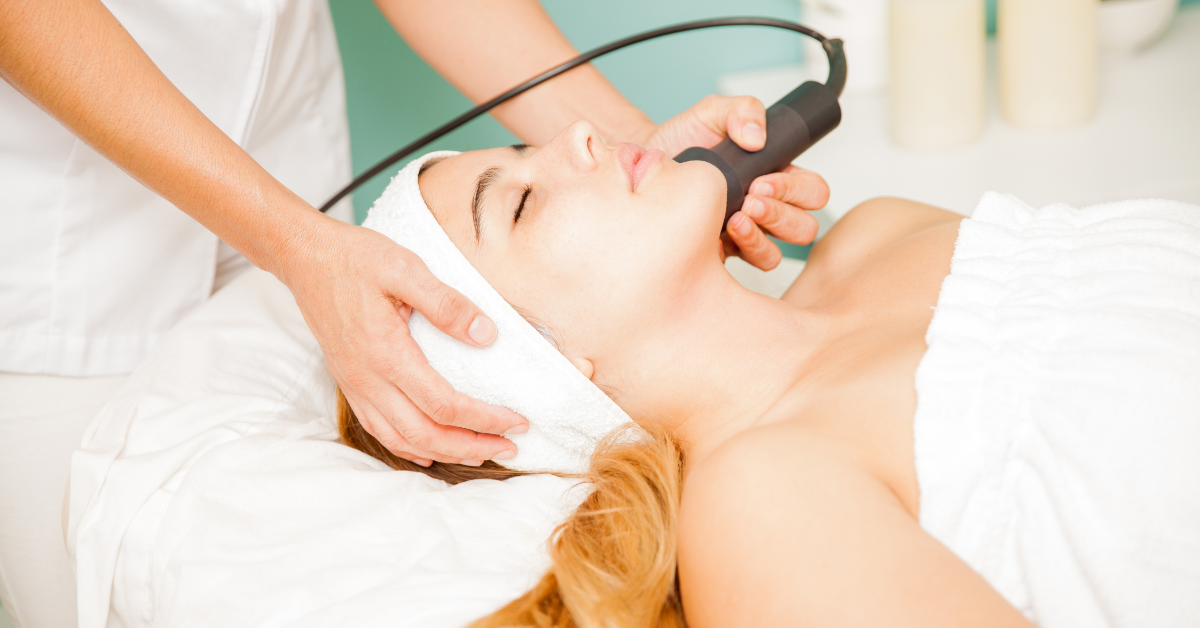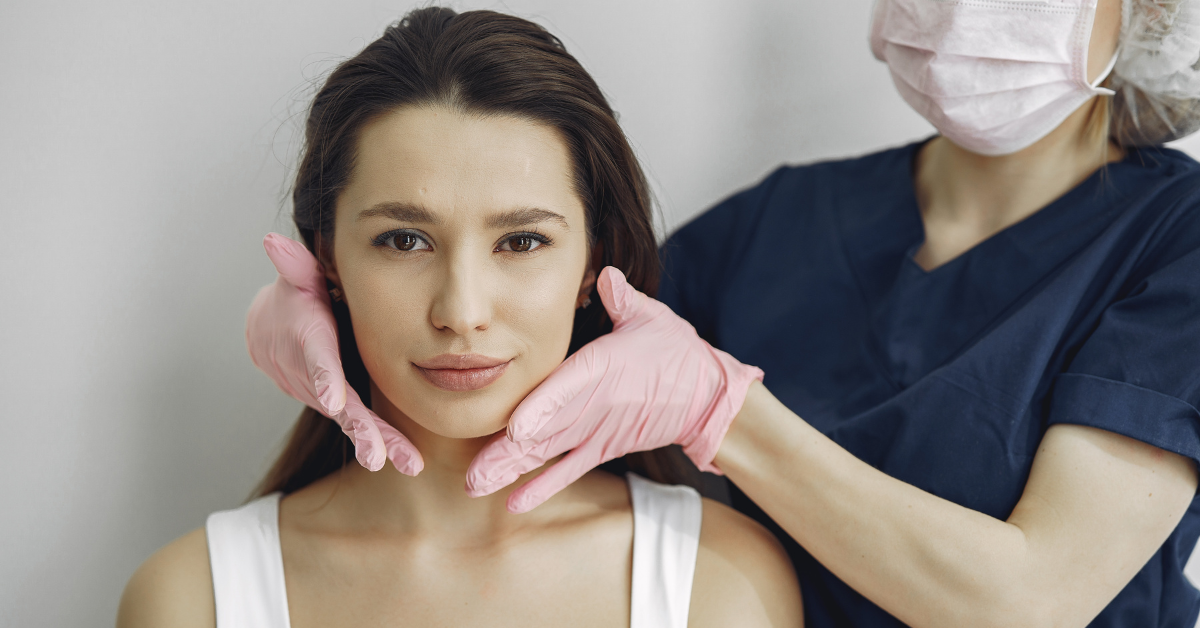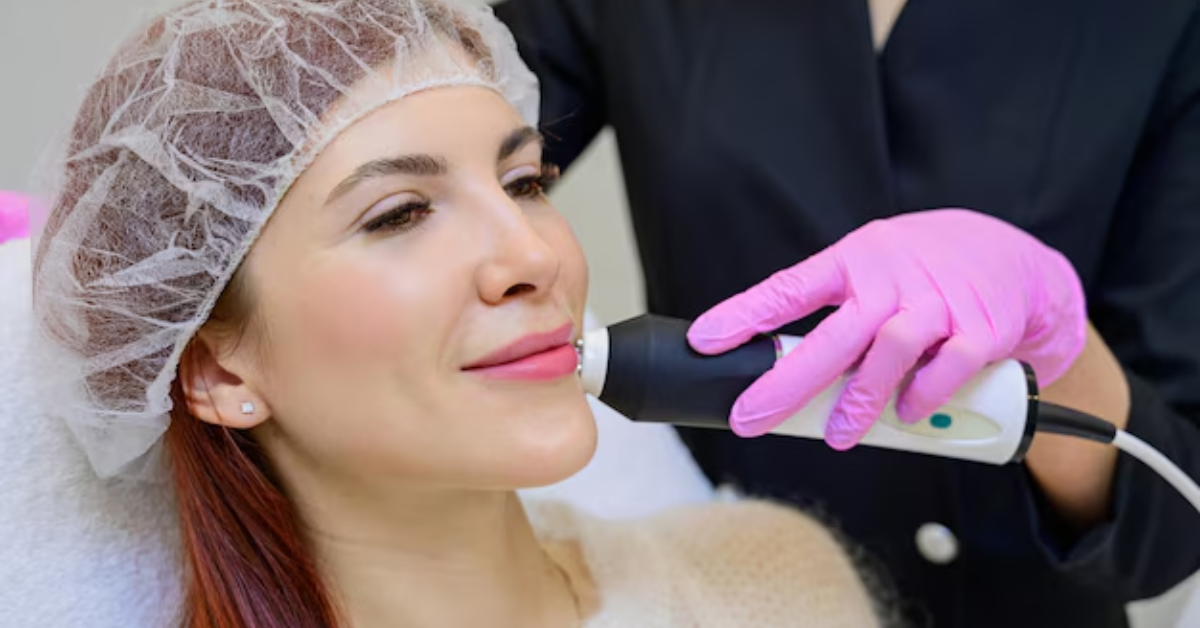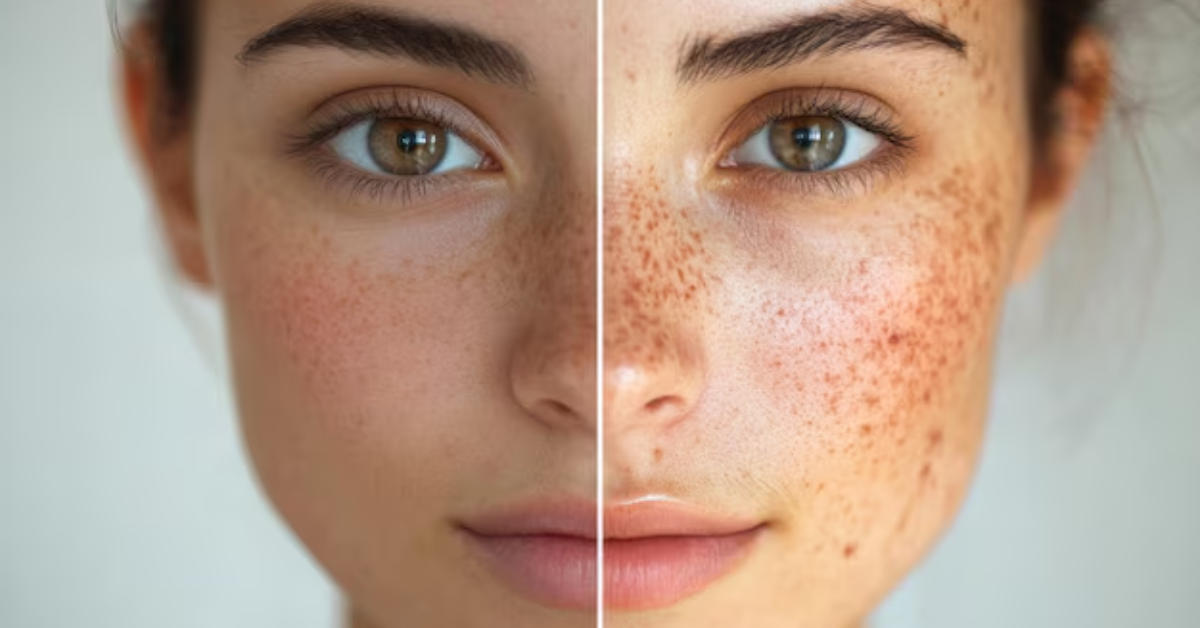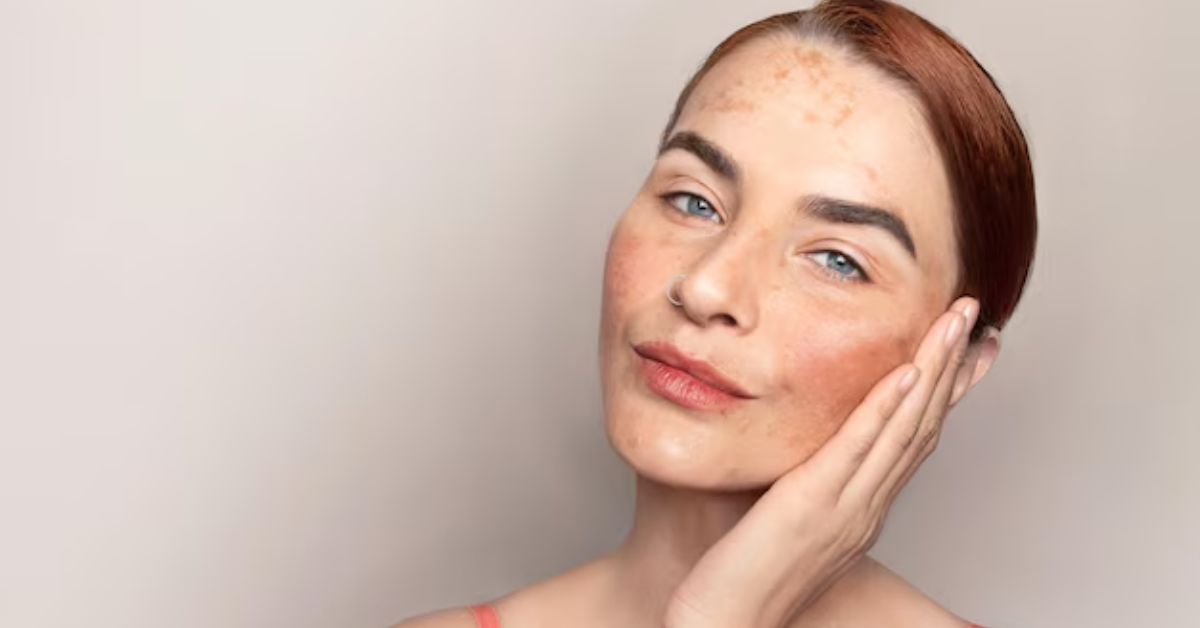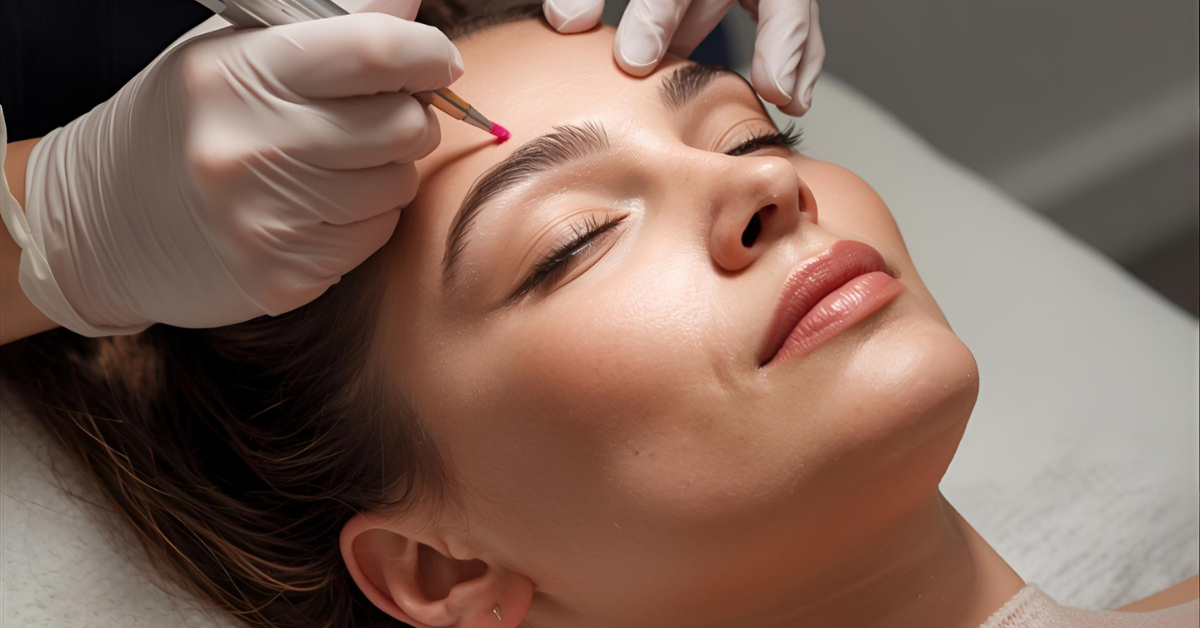How Often Should You Get A Hydrafacial?
In the pursuit of radiant and healthy skin, skincare routines have evolved to incorporate advanced treatments such as the Hydrafacial. Renowned for its ability to rejuvenate and refresh the skin, the Hydrafacial has become a popular choice among individuals seeking to address various skincare concerns. But amidst the enthusiasm for this innovative procedure, a common question arises: How often should one indulge in a Hydrafacial to maintain optimal results? To delve into this query, it's essential first to understand what exactly a Hydrafacial entails and the significance of incorporating regular skincare practices into our routines.
Understanding Hydrafacial Treatments
Hydrafacial treatments are advanced skincare procedures designed to deeply cleanse, exfoliate, extract, and hydrate the skin. The process involves using a patented device that delivers a multi-step treatment, targeting various skin concerns simultaneously.
The
Hydrafacial works through a unique vortex suction technology combined with nourishing serums to achieve its transformative effects. First, the device exfoliates the skin, removing dead skin cells and debris. Then, it performs painless extractions to clear out pores and impurities. Next, it delivers potent serums containing antioxidants, peptides, and hyaluronic acid to replenish and hydrate the skin, leaving it glowing and revitalized.
Hydrafacial treatments offer a myriad of benefits for the skin. These include improved hydration, reduced fine lines and wrinkles, diminished hyperpigmentation, minimized appearance of pores, and enhanced overall skin texture and tone. Additionally, Hydrafacial is suitable for all skin types and addresses a wide range of skincare concerns.
One of the remarkable aspects of Hydrafacial is its versatility, making it suitable for virtually all skin types. Whether you have oily, dry, sensitive, or combination skin, Hydrafacial can be customized to address your specific needs. It is particularly effective for individuals with congested pores, uneven texture, dullness, or signs of aging.
Factors Influencing Frequency
Several factors influence how often one should undergo Hydrafacial treatments to maintain optimal results. These factors include:
Skin Concerns and Goals:
Individuals with specific skincare concerns may require more frequent Hydrafacial treatments to achieve their desired outcomes. For example, those targeting acne or hyperpigmentation may benefit from more regular sessions.
Current Skincare Routine:
Your existing skincare regimen can also impact the frequency of Hydrafacial treatments. If you already have a comprehensive skincare routine that includes regular exfoliation and hydration, you may require fewer Hydrafacial sessions.
Lifestyle Factors: Lifestyle habits such as sun exposure, smoking, diet, and stress levels can affect the condition of your skin and influence the frequency of Hydrafacial treatments. Factors like excessive sun exposure or smoking may necessitate more frequent sessions to counteract their negative effects on the skin.
Hydrafacial treatments can help individuals achieve the best possible results for their skin by understanding these factors and their implications.
Recommended Frequency Guidelines
Determining the ideal frequency for Hydrafacial treatments depends on various factors, including individual skincare goals, skin type, and current condition. While there isn't a one-size-fits-all approach, there are general recommendations to consider when scheduling Hydrafacial sessions.
For most individuals, scheduling a Hydrafacial treatment once a month is typically sufficient to maintain healthy, glowing skin. This frequency allows for consistent exfoliation, hydration, and rejuvenation, ensuring long-term skin health. However, some individuals may benefit from more frequent sessions, especially if they have specific skincare concerns or desire more intensive treatment.
Adjustments for Specific Skin Types
While monthly treatments work well for many individuals, those with specific skin types or concerns may need to adjust their frequency accordingly:
Oily or Acne-Prone Skin:
- Individuals with oily or acne-prone skin may benefit from more frequent Hydrafacial treatments, such as every two to three weeks. Regular sessions can help control excess oil production, prevent breakouts, and keep pores clear.
Dry or Sensitive Skin:
- On the other hand, individuals with dry or sensitive skin may opt for less frequent treatments, such as every six to eight weeks. This allows the skin more time to recover and replenish between sessions, minimizing the risk of irritation.
In order to achieve optimal results, you need to determine the most appropriate frequency for Hydrafacial treatments, while minimizing the risk of overexfoliation or irritation.
Signs That You Need Another Hydrafacial
Monitoring your skin's condition between Hydrafacial sessions is essential for determining when it's time for another treatment. Several signs indicate that your skin may benefit from another session:
Increased Dullness:
- If your skin starts to appear dull or lackluster, it may be a sign that it's time for another Hydrafacial treatment. The procedure can help remove dead skin cells and reveal a brighter, more radiant complexion.
Recurring Breakouts:
- If you notice an increase in breakouts or congestion, it could indicate a buildup of impurities in your pores. A Hydrafacial treatment can effectively extract debris and impurities, helping to clear breakouts and prevent future ones.
Ultimately, listening to your skin is key to determining when you need another Hydrafacial treatment. If your skin feels rough, congested, or lacking in hydration, it may be signaling that it's time for a refresh. Consulting with a skincare professional can also provide valuable insights and guidance on the best course of action for your skin.
Customizing Hydrafacial Frequency
Determining the optimal frequency for Hydrafacial treatments is a personalized process that takes into account individual skin concerns, goals, and lifestyle factors. Before scheduling Hydrafacial treatments, it's advisable to consult with a skincare professional. During the consultation, the skincare professional will assess your skin type, discuss your skincare concerns and goals, and recommend a tailored treatment plan. They can provide valuable insights into the frequency of Hydrafacial sessions based on your specific needs, ensuring optimal results.
Based on the information gathered during the consultation, the skincare professional will create a personalized skincare plan that outlines the recommended frequency of Hydrafacial treatments. This plan takes into consideration factors such as your skin type, current condition, and desired outcomes. By customizing the frequency of Hydrafacial sessions, you can achieve the best possible results and address your skincare concerns effectively.
Maintaining Results Between Sessions
In addition to regular Hydrafacial treatments, it's essential to maintain the results between sessions. This involves implementing an effective at-home skincare routine and using compatible products to prolong the benefits of Hydrafacial.
At-Home Skincare Tips
- Cleansing: Cleanse your skin twice daily with a gentle cleanser to remove dirt, oil, and impurities.
- Exfoliation: Incorporate exfoliation into your routine to promote cell turnover and maintain smooth, radiant skin.
- Hydration: Hydrate your skin with a lightweight moisturizer to replenish moisture and prevent dryness.
- Sun Protection: Apply a broad-spectrum sunscreen daily to protect your skin from harmful UV rays and prevent premature aging.
Using Compatible Products
Choosing skincare products that complement the effects of Hydrafacial can enhance and prolong the results of the treatment. Look for products that contain hydrating and nourishing ingredients such as hyaluronic acid, peptides, and antioxidants. Avoid harsh or abrasive products that can irritate the skin and compromise its health.
By following these at-home skincare tips and using compatible products, you can maximize the benefits of Hydrafacial treatments and maintain healthy, glowing skin between sessions. Combined with a customized treatment plan created in consultation with a skincare professional, this approach ensures long-term skincare success and satisfaction.
Conclusion
Consistency is key in achieving and maintaining optimal skin health. By adhering to a regular skincare routine and following the recommended frequency for Hydrafacial treatments, individuals can effectively address their skincare concerns and achieve long-lasting results. It is essential to consult with a skincare professional to create a personalized treatment plan tailored to individual needs and goals. With dedication to skincare consistency and adherence to professional recommendations, individuals can enjoy the benefits of healthy, radiant skin for years to come.

